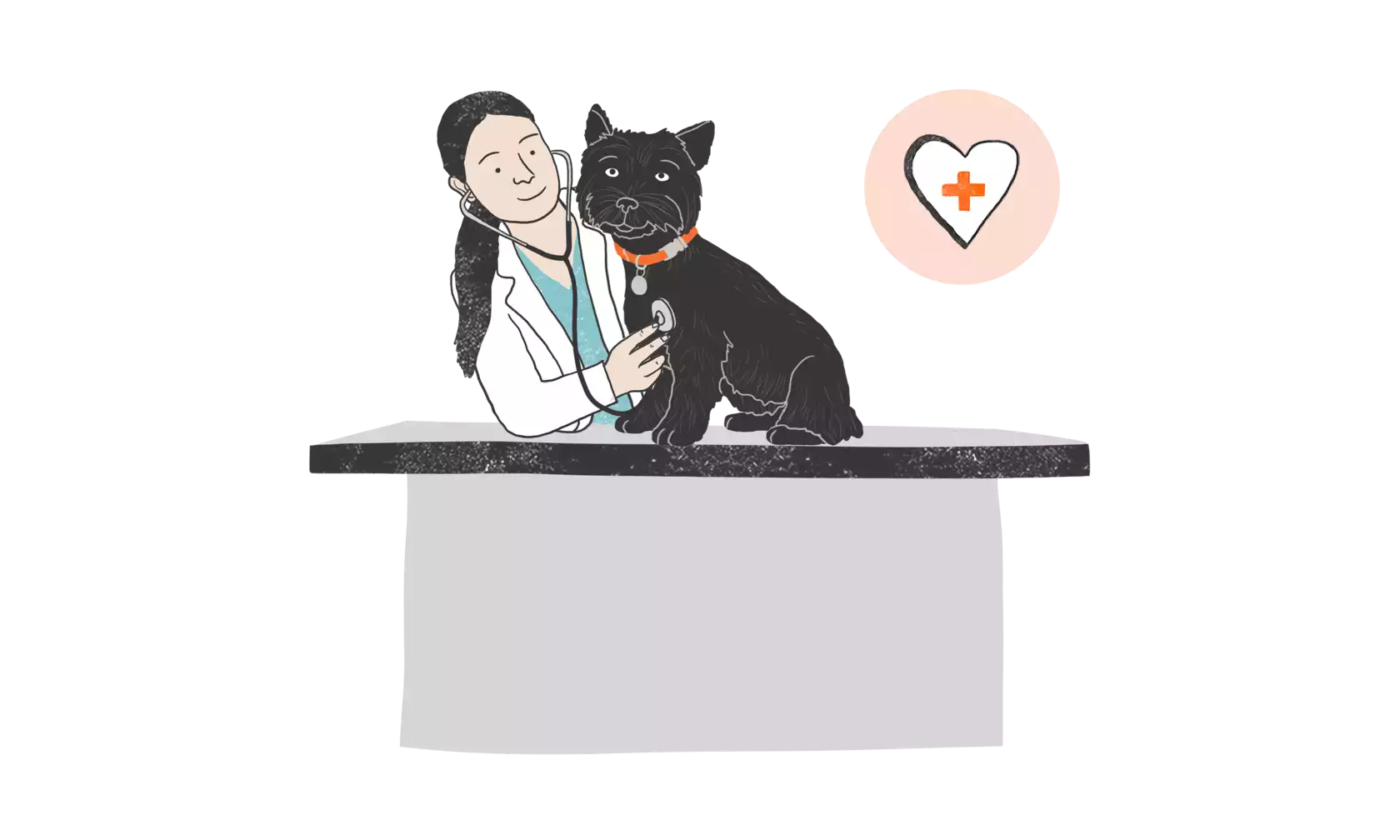One very common virus that cats and cat owners have to deal with is feline herpesvirus (FHV-1). At some point during their lifetime, 97% of cats are exposed to this virus, and 80% of those cats have lifelong infection1. This makes understanding FHV-1 an important component of caring for your cat.
What Is Feline Herpesvirus (FHV-1)?
Feline herpesvirus, also known as feline viral rhinotracheitis (FVR), is a highly contagious virus that causes an infection in the upper respiratory tract. It’s also the most common cause of mucous membrane swelling around the eye, called conjunctivitis.
How Are Cats Infected with Feline Herpesvirus?
Cats of any age can be infected, but kittens and adolescent cats are the most susceptible. Young kittens and unvaccinated cats often develop more severe infections.
Once infected, almost all cats are lifelong carriers as the virus can remain in their body in its inactive form. Generally, these cats will show no signs of illness and do not shed the virus (meaning they can’t infect other cats).
However, the virus can become active again in some cats, especially during periods of stress, illness, or if their immune system is compromised. This can happen with certain medications or during high-stress periods like spending time in a shelter. Once reactivated, the virus will be shed, and those cats can spread infection, and it is possible for cat to get sick and show signs of infection again.
The virus is shed by infected cats through bodily secretions such as saliva and nasal and ocular (eye) discharge. About 45% of infected cats will periodically shed the virus, meaning they can infect other cats during this time1.
Cats get feline herpesvirus when they come into direct or indirect contact with the virus in those secretions. Indirect contact would be things like clothing, food and water dishes, bedding, or litter boxes that an infected cat has contaminated with their saliva, nasal, or eye discharge. You can even spread it to your cat if you handle a cat who’s shedding the virus before handling your cat.
The good news is that the FHV-1 virus can only survive in the environment while the saliva, nasal, or eye secretion remains moist, for no more than about 18 hours. Once the secretion is dry, the virus dies.
Is Feline Herpesvirus Contagious?
Feline herpesvirus is highly contagious among cats. However, it is species-specific and isn’t contagious to dogs or people.
However, the upper respiratory infection that can result from feline herpesvirus in cats can be complicated by bacterial infections. In some cases, these bacteria may be contagious to humans, so strict hygiene practices are important, but the best prevention is that your cat is up to date on their vaccination and that you take your cat to the vet any time they are sick so they can receive early treatment.
What Are the Symptoms and Signs of Feline Herpesvirus?
Cats will start to show symptoms about two to six days following infection. The most common symptoms of feline herpesvirus include:
- Watery eyes
- Conjunctivitis (inflammation of the tissues surrounding the eye resulting in pink, sore eyes)
- Eye discharge that causes a greenish crusting around the eyes
- Excessive blinking
- Squinting
- Sneezing
- Runny nose
- Nasal congestion
- Loss of appetite
- Lethargy
- Fever
- Salivation
- Enlarged lymph nodes
- Inflammation and infection of the cornea (the clear surface on the front of the eye) that can lead to a corneal ulcer.
Some cats shed the virus periodically and, during that time, may show mild symptoms. Eye problems can occur if they have persistent flareups of feline herpesvirus.
When to Seek Veterinary Care for Feline Herpesvirus Flareups
The severity of the flareup will determine if you need to seek veterinary care for your cat. For minor flareups, such as a mild runny nose and watery eyes, most cats can be managed at home if they are eating and drinking normally. If a flareup results in respiratory signs (severe congestion, swelling or crusting of the eyes, lethargy, fever) and/or a lack of appetite, it is important to seek veterinary care to prevent further complications.
Can Feline Herpesvirus Be Prevented?
Vaccination is the cornerstone to helping prevent illness from feline herpesvirus.
- Vaccinate. Cats should be inoculated with the feline herpesvirus vaccine. It is part of the standard core of vaccines and needs regular boosters. The boosters will help decrease the likelihood of virus reactivation, lessening flareups and virus shedding. The vaccine doesn’t completely prevent infection— it protects exposed cats from developing severe infections and decreases the length of illness.
- Clean. An active infection will last between 10 and 20 days once your cat shows signs. Routine cleaning is essential during this time to decrease the spreading of the virus.
Soak and wash bowls and toys in hot water and soap.
Thoroughly wash your hands after handling an infected cat. Be sure to clean under the nails as well. Then, apply an alcohol-based hand sanitizer and change clothes before handling other cats. - Support good health and a strong immune system. Feed a high-quality, well-balanced diet Keep vaccines up-to-date.
- Manage stress. Avoid or lessen triggers of stress. Some cats will respond well to calming pheromones, calming treats, play, and mental enrichment. If there are specific triggers, like 2 cats not getting along, consider working with a certified feline behavior expert to address the triggers.
- Isolate. Any time your cat is sick, discuss a plan with your vet which may include isolation away from your other cats to help keep them safe. The stress from any illness can cause them to shed the virus, putting other kitties at risk.
Consider keeping any new cats away from current cats in the household for one to two weeks to lessen the risk of disease transmission.
ZPC-03132
- Respiratory Infections. Cornell Feline Health Center. https://www.vet.cornell.edu/departments-centers-and-institutes/cornell-feline-health-center/health-information/feline-health-topics/respiratory-infections. Accessed September 27, 2023.



